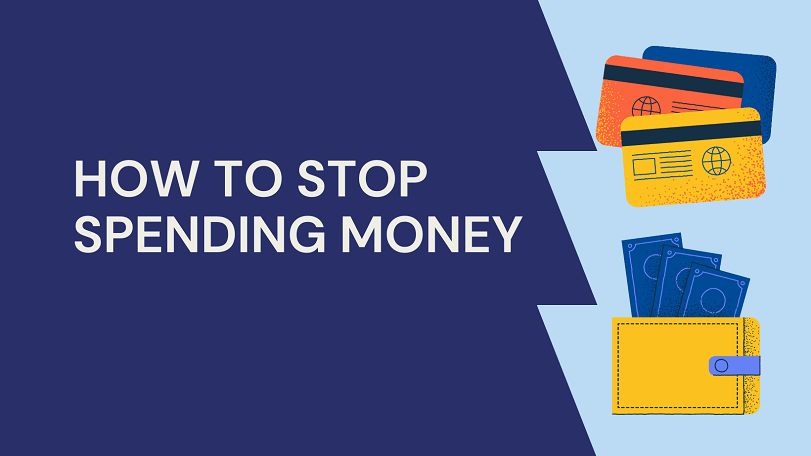Physical Address
304 North Cardinal St.
Dorchester Center, MA 02124
Physical Address
304 North Cardinal St.
Dorchester Center, MA 02124

Impulse spending is rampant in America, according to a 2022 survey conducted by Statista, consumers in the United States spent an average of over $300 on impulse purchases each month. Our brains are wired to get a dopamine rush from buying new things, keeping up with trends, and getting a “good deal.” However, giving in to these urges can wreak havoc on your finances and prevent you from reaching savings goals.
In this article, I’ll share 10 techniques I used to get my own impulse spending under control after racking up thousands in credit card debt. With a combination of planning, discipline, and psychological tricks, you can master your spending impulses as well.
Table of Contents
I started by downloading Mint and tracking every dollar I spent for a month. The act of recording my $5 lattes, lunches out, and frequent online purchases made me aware of how much I was frittering away. Figure out your unique spending habits by tracking every expense for 30 days.
My problem areas were dining out ($400 a month!), entertainment ($200 a month), and online shopping ($100-$300 a month). Focus on cutting back in your top three spending categories first.
This was a game changer for me. I committed to waiting 48 hours before making any non-essential purchase over $50. The time gap allowed my initial impulse to fade. I’d say about 85% of stuff I wanted to buy immediately, I lost interest in after a couple days.
Set up confirmation emails that have to be clicked from your inbox (not just text links) before any order is processed. This adds an extra speed bump too.
Reciting “do I really need this?” helped me differentiate momentary wants from real needs. Necessities include reasonable groceries, housing costs, health costs and other basics. Wants encompass most of my impulse purchases – upgrading my phone, nice dinners out, more clothes.
Out of sight, out of mind. I removed all my saved credit cards from go-to online retailers like Amazon and Target. Taking the extra steps to physically get my credit card before each online purchase made me reconsider about half the time.
Delete payment apps like Venmo or PayPal from your phone to add more friction as well.
My most consistent overspending sin was going out to eat whenever I felt like it. Packing lunch and limiting dining out to 2 times a week not only saved me hundreds, but I got healthier too.
Look at where you fritter the most money and set a specific limit tailored to your situation. As a family of four, maybe it’s capping dining out at $200 a month.
I got motivated by tracking savings like it was a game. Each month I’d automatically transfer a set amount to savings on payday. Watching the total increase gave me a rush and made me want to “win” by saving more.
Post your monthly savings goal on social media or tell close friends. Having others know about my debt payoff goal kept me motivated not to slip up on unnecessary spending that month. Turn savings into a public commitment.
The temptation from coupon codes and sales was too much for me. Unsubscribing from all but the most essential emails associated with my accounts helped avoid the urge to shop.
When I switched to cash-only shopping trips, I became much more mindful about only spending what I absolutely needed. Forking over physical money brings more pain than mindlessly swiping a card.
Perfection is impossible! If you make an impulse buy, forgive yourself and recommit to your goals the next day. Read personal finance blogs when you feel motivation slipping to get reinspired.
Breaking free from excessive spending isn’t easy in our consumer culture. But with intentional effort, it’s possible to hit your savings targets while still buying things you really love occasionally. Try a few of these impulse shopping tips for a month and see the positive effects on your bank account.